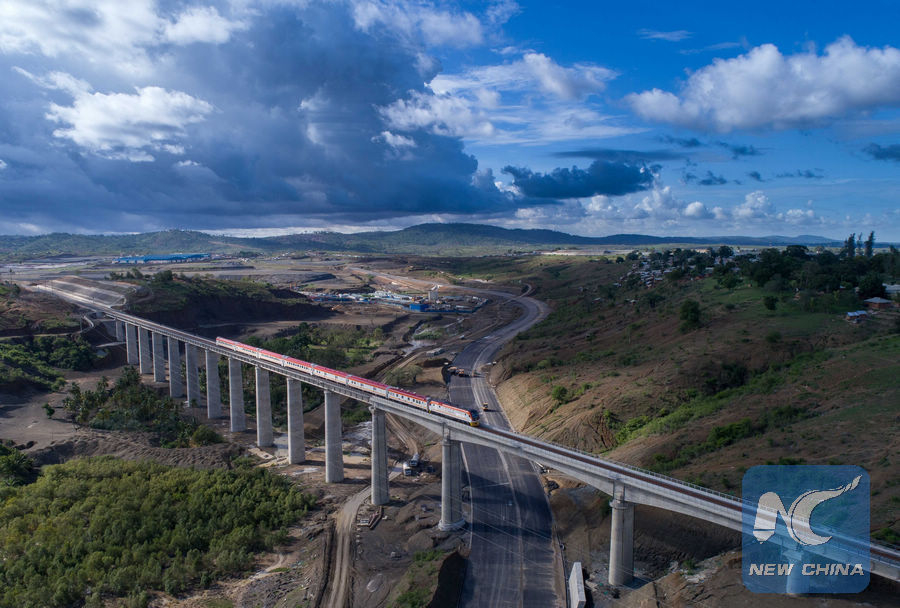Fruits of partnership lie ahead for Africa
By Adhere Cavince | China Daily Global | Updated: 2021-02-04 09:19

In early January, China unveiled a new white paper on international development cooperation in which Beijing has articulated a vision to engender more inclusive, quality and sustainable development in the world. China's foreign aid will now be administered by the China International Development Cooperation Agency, which was established in 2018.
It is clear from the document that Africa ranks high on China's international development cooperation agenda. Between 2013 and 2018, the continent received 44.65 percent of China's total foreign aid budget. Africa also received about 45 percent of human resource development assistance from Beijing during the same period.
Fueled by both historical and contemporary factors, China-Africa development cooperation is proving to be a model for South-South cooperation. It departs from the traditional approach in which access to aid was a matter of wealth dispersal from the rich metropolises to less-endowed economies. Instead, China is leveraging its own development example to nudge other emerging economies to foster homegrown and sustainable solutions to development challenges.
Recognizing development as a priority for all countries, China has now placed reduction of poverty and transformation of livelihoods at center stage of its development assistance. The new blueprint also pledges increased investments in disaster relief, education, healthcare, agriculture, employment, environmental protection and climate change response.
To guarantee the utility and sustainability of its aid projects, Beijing has proposed stronger accountability thresholds. Project management rules and regulations, improved procedures for governmental procurement, contract performance, and qualification assessment of enterprises bidding for foreign aid projects are now in place. A tougher appraisal mechanism, aimed at cutting out corruption while enhancing environmental protection, has also been instituted.
The new white paper still places the Belt and Road Initiative at the heart of China's development cooperation, and introduces new metrics such as gender inclusivity in pursuit of development objectives.
Coming only a few months after China unveiled proposals for formulation of the 14th Five-Year Plan (2021-25) for National Economic and Social Development, the new development cooperation documents present opportunities that Africa can harvest to improve its socioeconomic fortunes.
Through proper policy coordination, both China and Africa can align their development plans through co-creation and implementation. China has the BRI, while Africa has the African Union's Agenda 2063. The objectives of these development frameworks are largely similar, and with 40 African countries having signed up with the BRI, synergy between the two entities could expedite the achievement of desired development outcomes.
China's development milestones are largely admired across Africa. Yet there remain strong knowledge gaps in how China has achieved certain successes, including eliminating extreme poverty. Beijing is willing to share its knowledge, experience and resources to help other emerging economies upstage development challenges. African countries should leverage these new experiences and opportunities to muster their own development trajectories.
The new regulations could breathe new life into the transparency, utility and sustainability of China's aid activities on the continent.
By acting together, African countries have strong leverage to engage development partners like China. The continent remains the only region in the world where investment potential is unmatched with a large pool of skilled labor.
China-Africa cooperation has grown by leaps and bounds since the founding of the Forum on China-Africa Cooperation in 2000.Chinese foreign direct investment in the continent ballooned from just $75 million in 2003 to $2.7 billion in 2019, according to the China Africa Research Initiative.
Beijing also ranks as the destination of choice for African students seeking higher education abroad. Such exchange programs lay the groundwork for a more productive engagement between China and the continent, against the backdrop of a new international development cooperation blueprint.
The author is an international relations researcher with a focus on China-Africa relations.
























